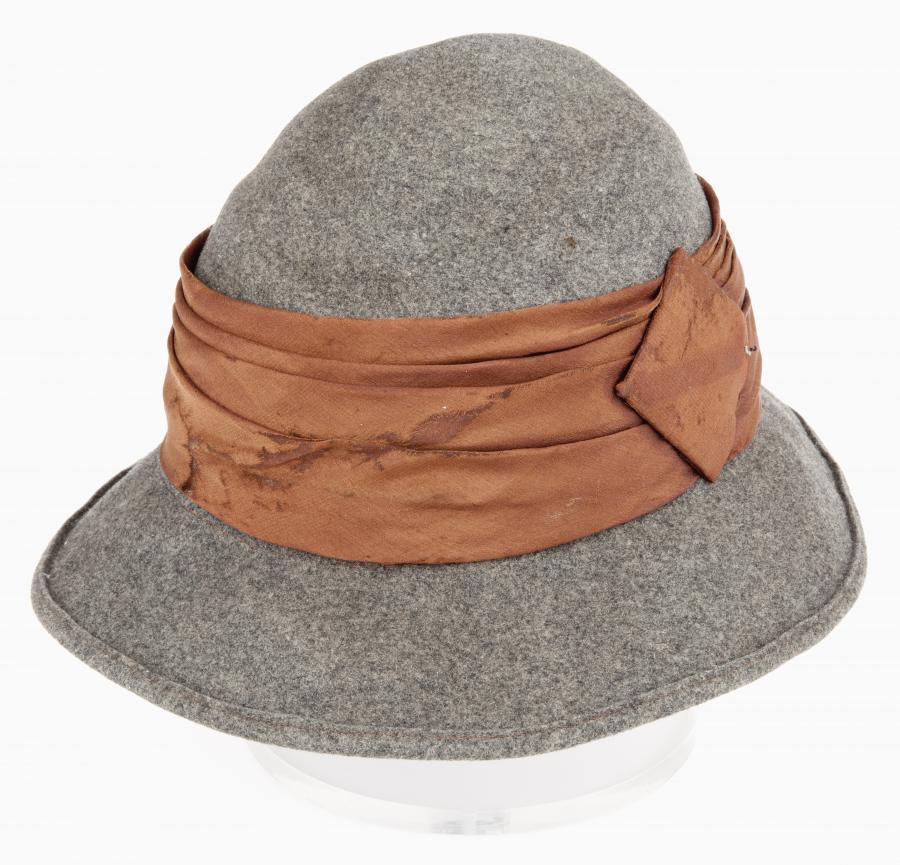Australian Army Nursing Service (AANS) 1916 outdoor dress
This is one in a series of blogs that covers the basic aspects of Australian uniforms during the First World War. There is a great diversity between nursing uniforms of the First World War. This variety is due to the fact that nursing uniforms were not centrally manufactured or issued in this war. Instead, nurses were given a uniform allowance to equip themselves and were allowed to make their own uniforms if they chose. This, and tailoring variations within Australia and overseas, led to considerable variety in the uniforms as can be seen in contemporary photographs. Styles of collars, blousons, skirts, footwear and headwear show the greatest variety.
For the nurses serving in the Middle East it quickly became obvious that the 1914 outdoor dress was impractical, so it was changed in 1916. The 1916 outdoor dress consisted of:
- A grey serge suit consisting of a Norfolk jacket and a five gore skirt. Oxidised rank insignia and ‘AUSTRALIA’ titles were worn on the khaki shoulder straps of the jacket. Army unit colour patches were worn on the upper sleeve. (In working dress rank insignia was worn on the shoulder straps of the red cape).
- A tailored grey blouse, in silk or cotton, or a grey serge dickey front with a stand collar. Matrons wore a chocolate collar on the dickey.
- A grey felt hat with a broad chocolate silk band. A unit colour patch was sometimes sewn to the hat band as well. As hats were not uniform – some had wide brims and some had thin.
- Black stockings.
- Black boots or shoes.
- Grey gloves.
Nurses of the third Australian Casualty Clearing Station waiting at Coblenz, Germany, for a return boat to thier hospital at Eustachen, further down the Rhine.
Norfolk jacket and skirt of Matron-in-Chief Grace Margaret Wilson, 3 Australian General Hospital.

Hat worn with outdoor uniform by Matron-in-Chief Grace Margaret Wilson, 3 Australian General Hospital. The remnants of a unit colour patch are evident on the hat band. RELAWM06144.006.
For further information about nurses during the First Word War, please see Our war nurses: the history of the Royal Australian Army Nursing Corps 1902-1988 by Rupert Goodman and Guns and brooches: Australian Army nursing from the Boer War to the Gulf War by Jan Bassett. You can also search for further uniform collection items and contemporary images on the Memorial's website.



